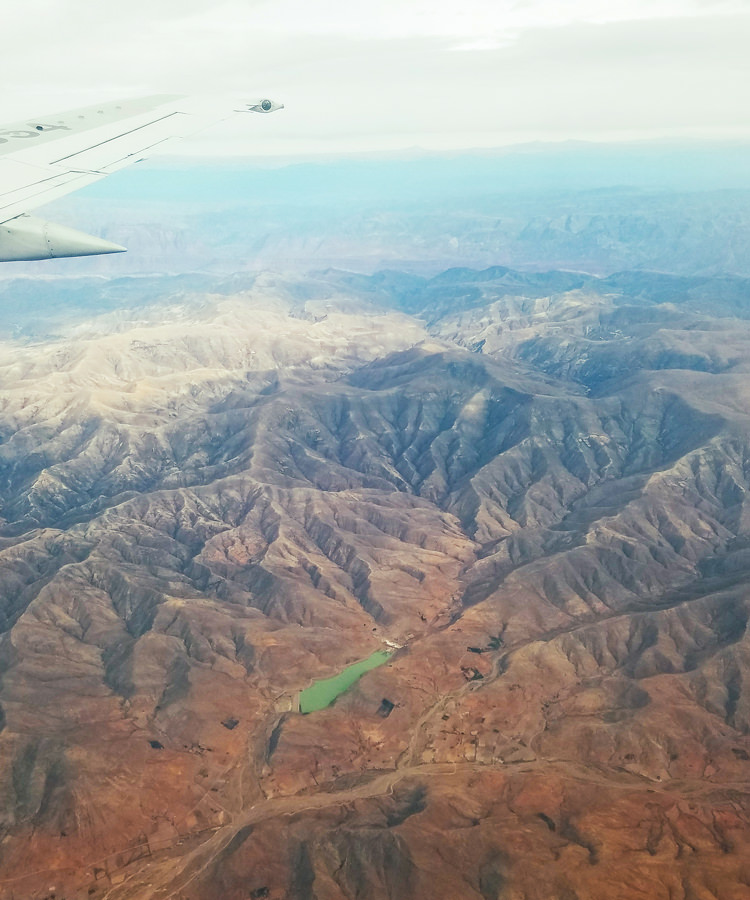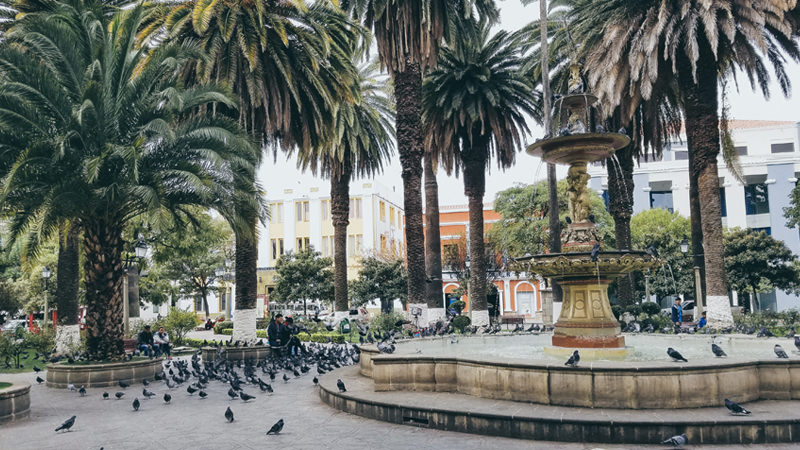
Sir Isaac Newton can keep his apple. A sunburn provided all the inspiration one Bolivian scientist needed to revolutionize how we think about health and high-altitude winemaking.
Marco Taquichiri, head of the physics department at the Universidad Autónoma Juan Misael Saracho in Tarija, Bolivia, recently launched a study analyzing the correlation between elevation and resveratrol, a naturally occurring polyphenol compound. He found that grapes grown in Bolivia contain up to 10 times more resveratrol than those grown at lower elevations.
Found in grape skins, resveratrol reputedly possesses anti-aging and disease-fighting properties. Studies suggest it could inhibit the growth of tumors and curb pre-carcinogenic activity. Resveratrol is also frequently cited as a possible explanation for France’s low levels of cardiovascular disease, despite a national diet high in saturated fats.
As a physicist, Taquichiri was less interested in the health impacts of antioxidants and more curious about how plants in the region were able to defend themselves against a daily bombardment of solar radiation, particularly ultraviolet light. The urban municipality of Tarija and its surrounding valley are fairly close to the equator and reach headache-inducing altitudes. This combination makes the solar radiation particularly powerful.
Taquichiri recalled a conversation he had with some friends at the university about the response plants have to high levels of solar radiation. “Humans, to protect ourselves from the sun, we’ll go to the shade. We put on hats. We put on sunblock,” he said. “And what do plants do?”
They produce chemical compounds to protect themselves, he explained, one of which is resveratrol. With that in mind, Taquichiri decided to measure resveratrol levels in local grapes by processing them into wine and testing the samples.
The researchers chose three grape varietals for their study. The reds were Syrah and Cabernet Sauvignon. (The latter was selected, according to Taquichiri, because “it means wine around the globe.”) The team also measured the compound in the region’s ubiquitous white grape varietal, the Muscat of Alexandria.
Producers were eager to lend financial support. “It was economically strategic for the department [of Tarija],” Taquichiri said, explaining that grape production is one of the region’s major industries. With test subjects and funding secured, the veteran scientist started his project.
The results were off the charts.
Resveratrol levels in Bolivian-grown grapes were exponentially higher than those grown at lower altitudes — and not just double or triple. One sample had 10 times higher resveratrol levels than lower-elevation grapes.
The white Muscat results proved particularly dramatic. The varietal is typically thought to possess a nominal amount of resveratrol. Taquichiri’s test group had considerably higher amounts compared to lower-altitude wines. He was so shocked he asked an Argentinian lab in Mendoza to double-check his findings. The results came back the same. His findings were confirmed.
“The basis of their claim is sound,” said Dr. Andrew Waterhouse, an enology professor at the University of California, Davis. Waterhouse has spent decades studying wine and specializes in the health impacts of phenolic compounds like resveratrol. He had not yet seen Taquichiri’s study, but affirmed that scientists have found a link between ultraviolet light and resveratrol levels. While Waterhouse cautioned that resveratrol needs to be consumed in large amounts to produce notable health effects, he added, “The fact that Bolivian grapes have more is new.”
The results of Taquichiri’s study unfortunately have not made it any easier to find Bolivian wines outside the country. Unless local wineries are able to expand production and exportation, most consumers will have a hard time finding Bolivian wines.
In part, Bolivia’s challenges are geographic. Despite the country’s centuries-old winemaking tradition, producers make do with a tiny slice of land for grape cultivation — an area roughly half the size of Manhattan. Only 40 percent of that area is used for wine production; the majority is used to grow table grapes.
Winemakers in Tarija are additionally hindered by a lack of economic and infrastructure support. An eroding tax base has undermined research funding in Tarija, limiting possibilities for follow-up and future studies on the subject.
Area wineries have also been slow to market the high levels of resveratrol in their wines. As a result, they could face competition from other high-altitude producers, including those in nearby Cafayate, a wine-producing region in Argentina.
For now, travel is arguably the most reliable way to taste Bolivia’s resveratrol-heavy wines. The people of Tarija are proud of their wine and eager to share it with visitors, and several local restaurants exclusively serve Bolivian bottles. Bringing one’s own sunscreen, however, is highly recommended.

